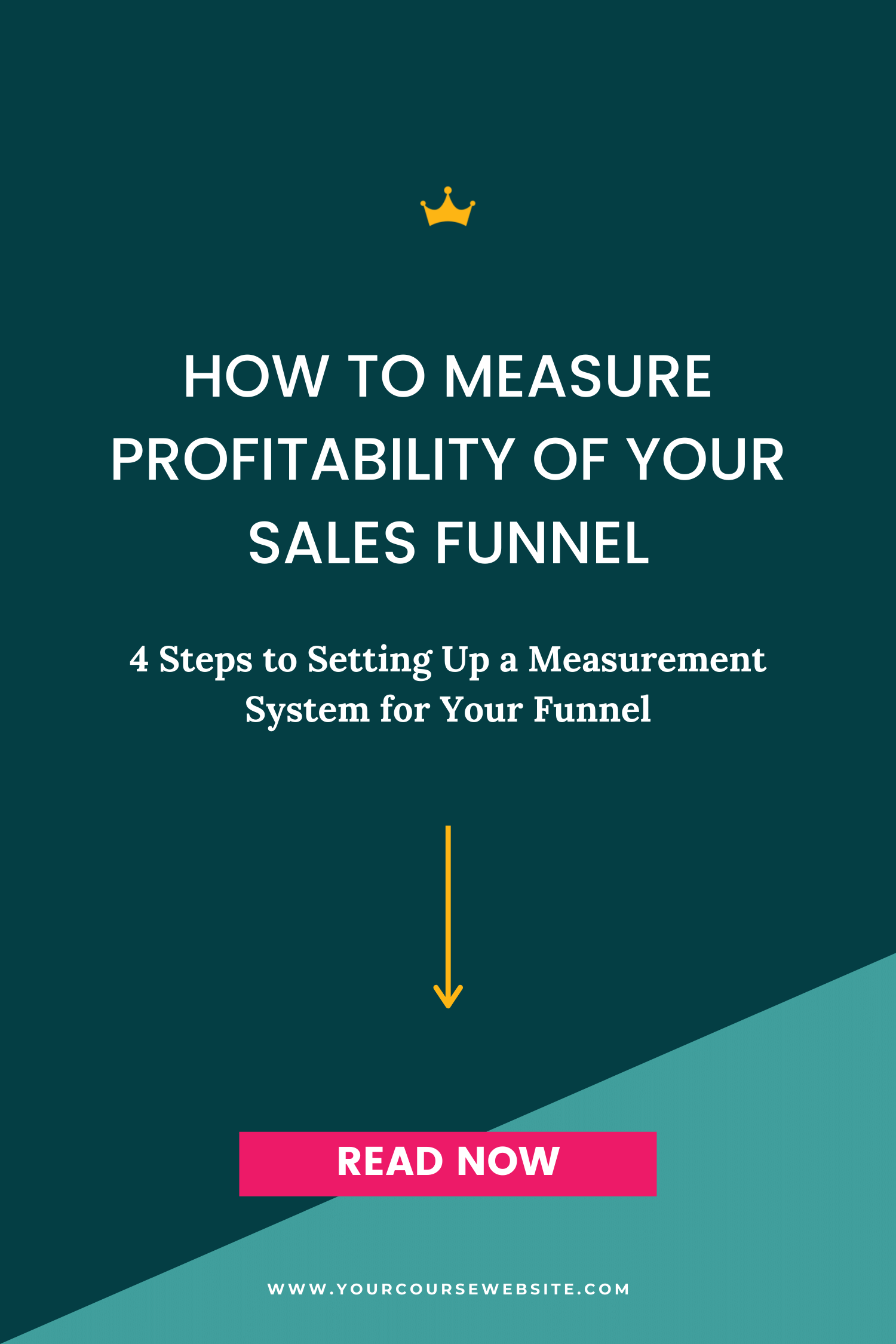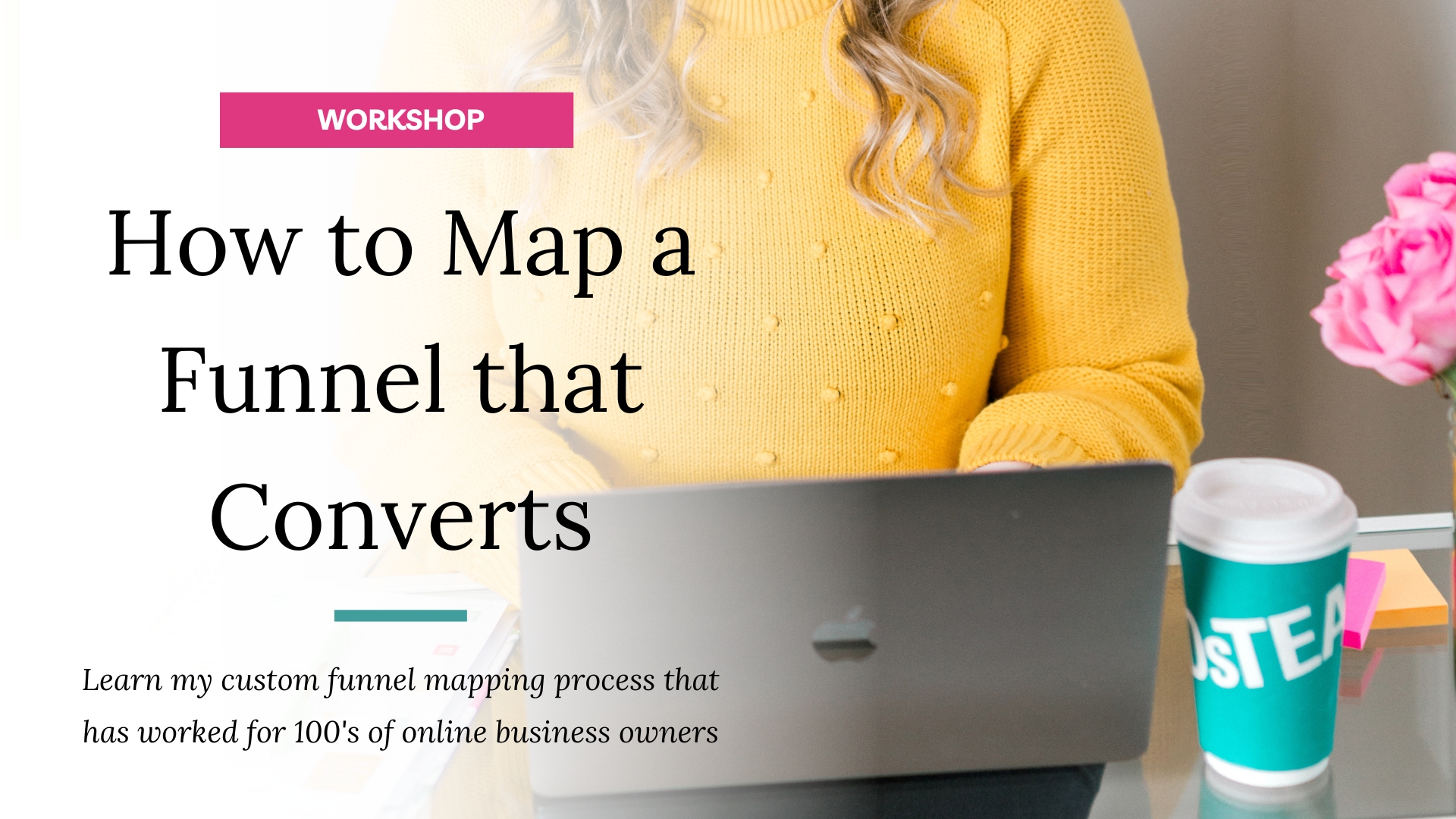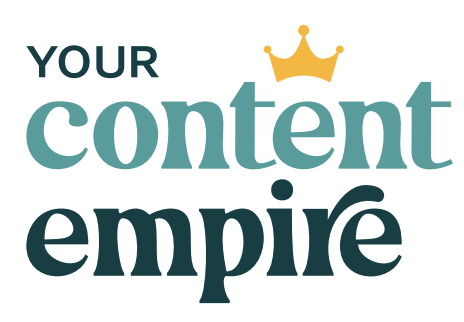This may seem really obvious, but after you're done setting up your evergreen sales funnel, your work is far from over. Now comes the time to optimize and scale that funnel. And it all starts with having a great evergreen sales funnel measurement system in place – after all, how can you know what needs to be fixed in your funnel if you’re only looking at whether sales are being made?
While it probably seems really obvious that you should be measuring your funnel, there's a big difference in knowing you should do something and actually doing it.
And a lot of the business owners who come to me to help with their funnels don't really have a process for measuring it.
And when we dig into the roots of why they're not measuring their funnel or doing it on a regular basis, it's usually because they don't know what to measure. Or they're just too busy and don't have the time to do it or even to figure out a process they can outsource.
But the thing about sales funnels these days is that anyone can set them up. There are so many resources available, I’ve created many of them myself. But there's a huge difference between going through the steps of setting up a funnel, crossing your fingers and just hoping it'll work versus growing and optimizing a high-converting funnel.
So in this post, I'm going to walk you through the steps for setting up your own sales funnel measurement systems.
Why You Should Have a Sales Funnel Measurement System
The WHYs of measuring your funnel centre around what's wrong and what's possible.
When I talk with business owners about their funnels that they’ve DIY’ed themselves or, worse, hired a company to build them and then had them handed over without proper testing and measurement processes, a lot of them can tell me that their funnels aren't working, but they can't really tell me why.
Or they think they know the exact reason their funnels aren’t working but once we start digging into the numbers, it’s something else going on entirely.
So measuring your funnels regularly and making sure that you're measuring the right things is key in avoiding wrong assumptions about why your funnel isn't working and wasting time fixing the wrong things.
This is the exact reason why my funnel engine retainer package starts with a 25-point funnel audit – without exception – because then we know what we need to focus on fixing and optimizing.
But my favourite reason for having a strong sales funnel measurement systems is to see what’s possible with your funnel. And that comes down to one of my favourite P-words — projections.
It's one thing to know that you want to scale your sales funnel (who doesn’t?). It's another thing to concretely know what that’s going to look like and what that's going to take logistically.
So if you're able to measure your sales funnel as it is right now, without any of the optimization in place, you're going to know what your main conversion points and rates are. These will let you build out projections based on increasing these conversion rates and amping up the amount of the traffic you’re driving to that funnel.
It’s like having levers you can pull with confidence to scale your way to your marketing goals – and it’s the most powerful thing for you to know about your marketing.
What to Measure
The best method for figuring out what you should be measuring is to start by mapping out your sales funnel. This will help you identify your flow of traffic, conversion points and specific metrics to be monitoring.
While it depends on your exact funnel design, here are some of the items you’ll usually want to measure:
- Unique traffic coming to opt-in page
- Where traffic is coming from
- Number of freebie sign-ups
- Conversion rate of opt-in page
- How many purchases (or sign-ups) for your offer
- Conversion rate of your funnel
- Unique traffic to your sales page
- Conversion rate of your sales page
And once you know and keep your eyes on these really important metrics, you're going to be able to identify what levers you can pull in order to scale your funnel by building out a project model. Plus you’ll get major insights on what to focus on fixing and optimizing too.
Measurement System Action Plan
Step 1 – Map out your funnel
The most important part of measuring your funnel is being able to identify the right things that you should be measuring and the frequency at which you should be measuring them.
As a starting place, I always recommend starting with mapping out your funnel. Since all funnels are a little bit different, this is going to help you identify where your conversion points are. I have a funnel mapping workshop and worksheet that will help you get started you can click on the banner below.
Step 2 – Identify your funnel metrics
Come up with your metrics list that you’ll be tracking regularly. See the list above if you get stuck.
Step 3 – Create your funnel tracking dashboard
Develop your dashboard for metrics whether it’s a paid tool (like Dasheroo, Funnelytics) or something you build yourself in a spreadsheet (like Google Sheets, Airtable, Excel).
Step 4 – Document your process for measuring (and a recurring reminder)
Set up an automatic tool like my personal pick, Dasheroo. Or document the process of collecting all of this data and make a video of it so you can outsource it to a VA on your team.
Take Action
There are rarely any funnels that are perfect right from the get-go. They usually require consistent measuring, monitoring and tweaking before you can really begin scaling. So my challenge to you is to set up your measurement dashboard; and that starts by mapping out your funnel so that you can identify the conversion points of your funnel,
Sign up for my FREE funnel mapping workshop and get my exclusive funnel mapping template ↓












